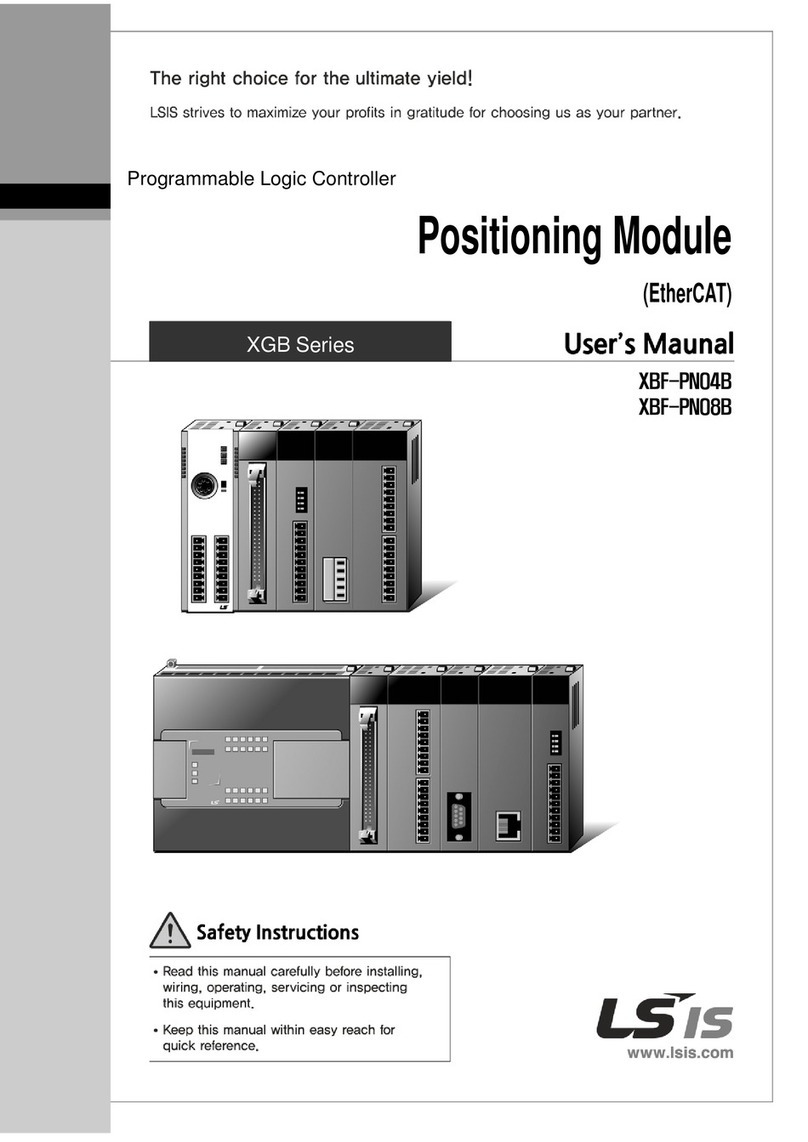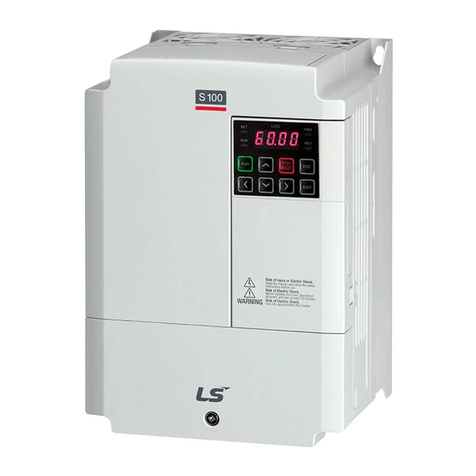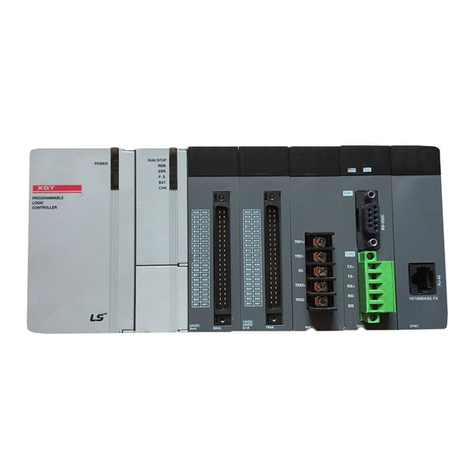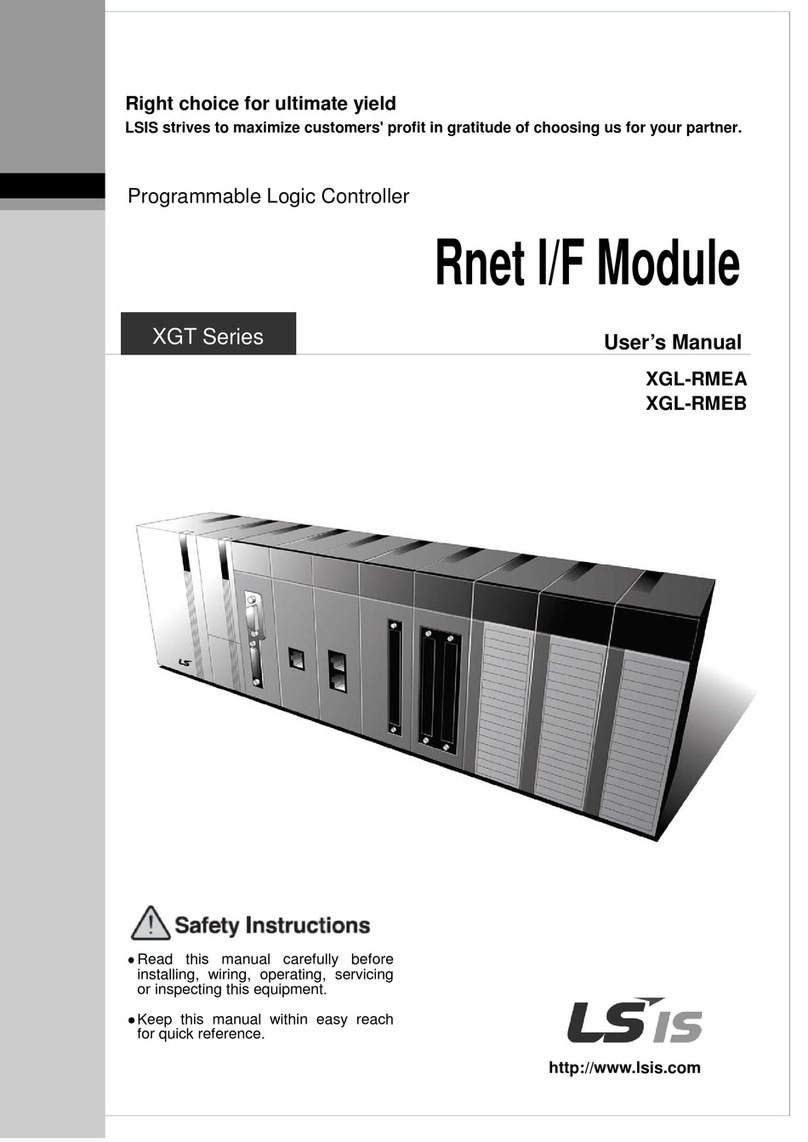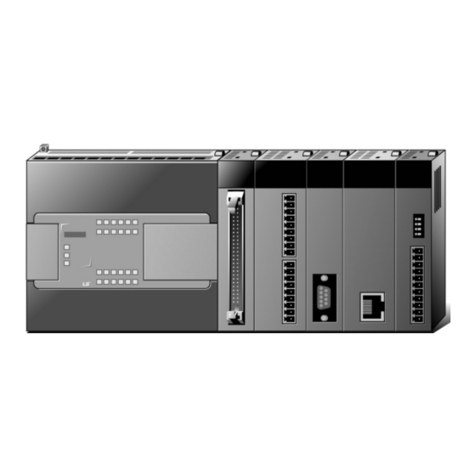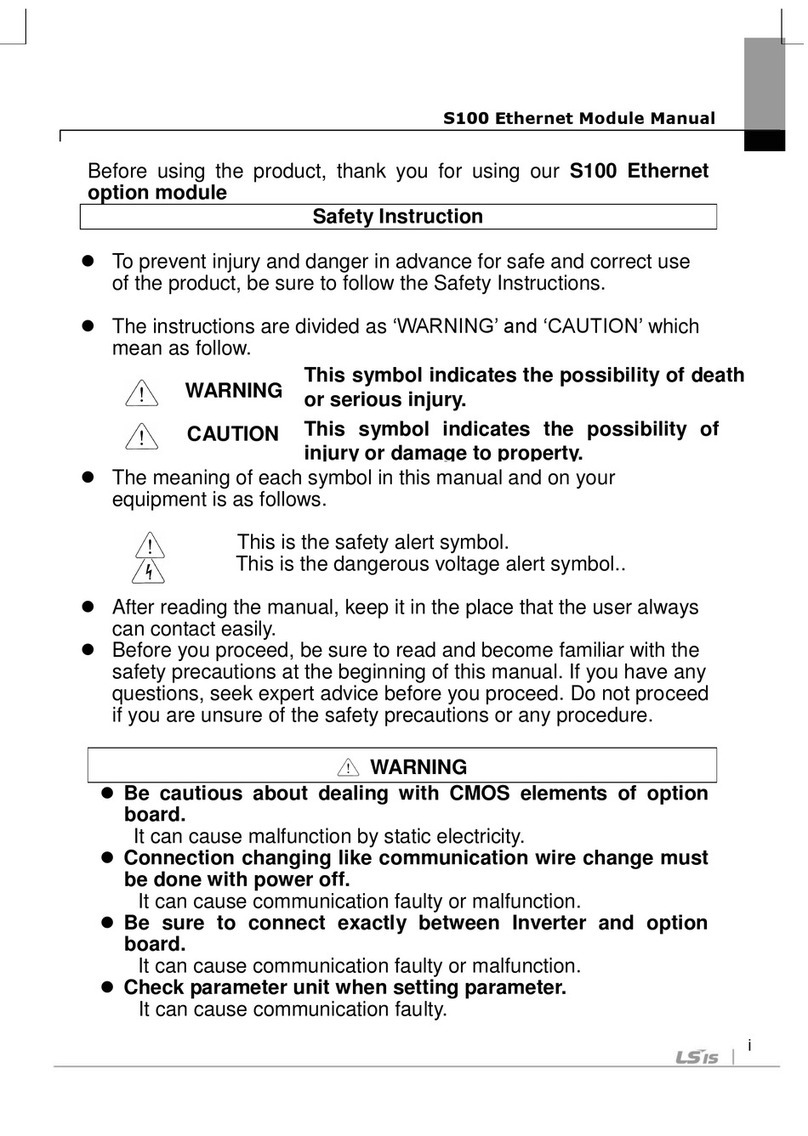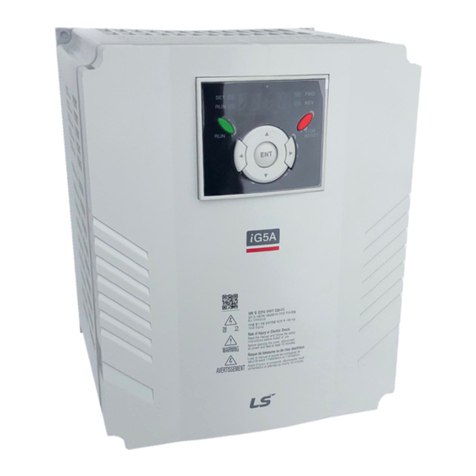Otherwise, you may get an electric shock due to high voltage terminals or
charged capacitor exposure.
Do not remove the cover except for periodic inspections or wiring,
even if the input power is not applied.
Otherwise, you may access the charged circuits and get an electric shock.
Wiring and periodic inspections should be performed at least 10
minutes after disconnecting the input power and after checking the
DC link voltage is discharged with a meter (below DC 30V).
Otherwise, you may get an electric shock.
Operate the switches with dry hands.
Otherwise, you may get an electric shock.
Do not use the cable when its insulating tube is damaged.
Otherwise, you may get an electric shock.
Do not subject the cables to scratches, excessive stress, heavy
loads or pinching.
Otherwise, you may get an electric shock.
Be cautious when handling CMOS elements on the option board.
It may cause a failure due to static electricity.
When changing and connecting communication signal lines,
proceed the work while the inverter is turned off.
It may cause a communication error or failure.
Make sure to connect the inverter body to the option board
connector accurately coincided each other.
It may cause a communication error or failure.
Make sure to check the parameter unit when setting parameters.
It may cause a communication error.

